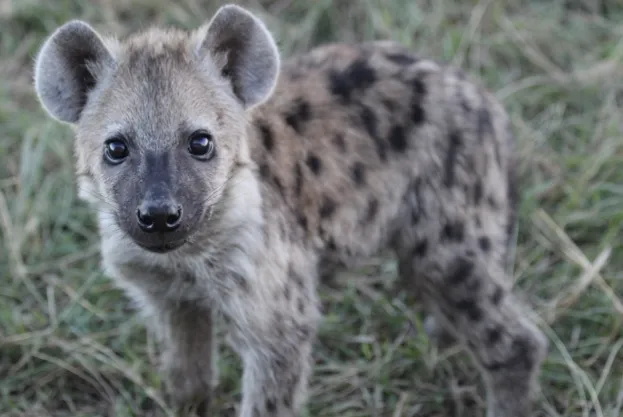One of the four species highlighted in David Attenborough's Dynasties II series, female spotted hyenas are one of nature's most interesting matriarchal societies.
Back in 2018, scientists from Michigan State University studied a group in the Masai Mara, Kenya and found that spotted hyenas practise a group dynamic that's as complicated as many primate species.
The sex and rank of the individual can have a huge impact on how their social connections develop as they age. “Young female hyenas developed more complex network positions than males, and their positions were dependent on their social rank in the clan,” says Julie Turner, lead author at Michigan State University.
“Males generally disengaged from interacting with others as they matured, which is appropriate, as they usually need to move to another clan to enjoy mating opportunities.”
Why is it difficult to be a male laughing hyena?
Life as a male hyena is not such a laughing matter, because although spotted hyena society is acknowledged as the most social of all carnivores, it is also matriarchal. The larger females, which have a pseudo-penis, dominate the males.
Group living is also highly competitive, not co-operative, with feeding and mating rights being given exclusively to those who can over-power their counterparts. Females also provide strictly for their own cubs, and males provide no paternal care.

Hyenas, which can live up to 22 years, typically live in large, stable groups known as clans, which can consist of over 100 individuals.
You may like:
- How to watch Dynasties II
- Apex predators in the wild: which mammals are the most dangerous?
- Why do females often live longer than males?
Cheetah, hyena, elephant and puma. © BBC NHU/Matt Burlem
Why do female hyenas dominate the males?
Females can afford to be choosier in their social relationships because of their higher ranking. They also remain in the same clan for their entire life, so will have a greater understanding of the clan’s social environment.
On the other hand, males frequently disperse into new clans, so automatically become the lowest ranking member. It is more beneficial for them to follow stricter rules when making friends.
Although long-term studies on animal group interactions are challenging, understanding why and how they form lasting relationships helps scientists gain a deeper understanding of social cooperation in mammals.
Read the paper in Behavioral Ecology and Sociobiology.
Main image: Female spotted hyena © Getty
